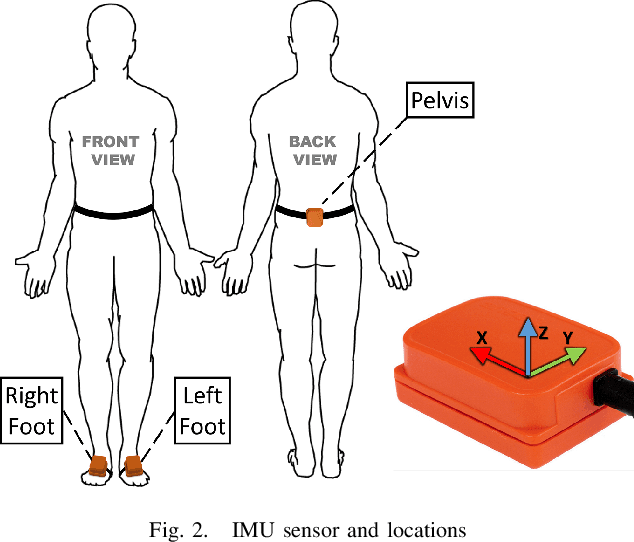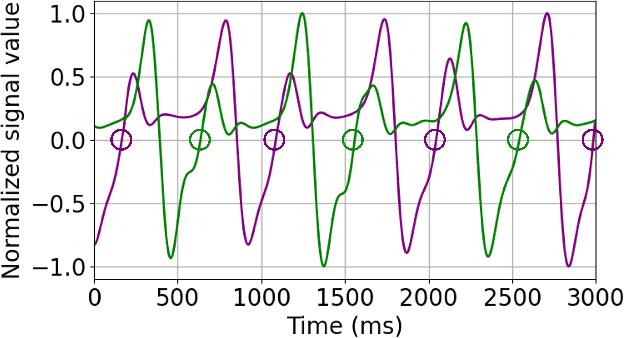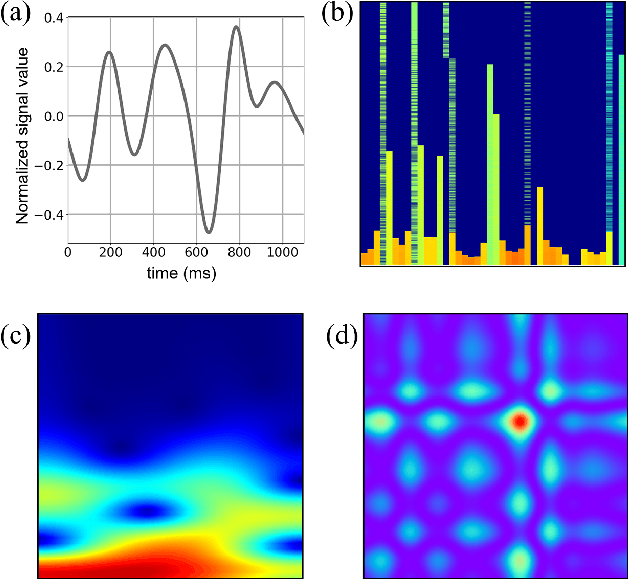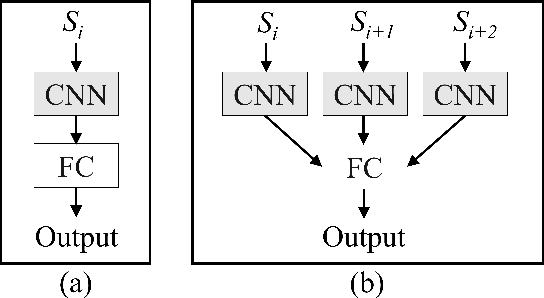Hyungeun Shin
Gait-based Frailty Assessment using Image Representation of IMU Signals and Deep CNN
Oct 15, 2021



Abstract:Frailty is a common and critical condition in elderly adults, which may lead to further deterioration of health. However, difficulties and complexities exist in traditional frailty assessments based on activity-related questionnaires. These can be overcome by monitoring the effects of frailty on the gait. In this paper, it is shown that by encoding gait signals as images, deep learning-based models can be utilized for the classification of gait type. Two deep learning models (a) SS-CNN, based on single stride input images, and (b) MS-CNN, based on 3 consecutive strides were proposed. It was shown that MS-CNN performs best with an accuracy of 85.1\%, while SS-CNN achieved an accuracy of 77.3\%. This is because MS-CNN can observe more features corresponding to stride-to-stride variations which is one of the key symptoms of frailty. Gait signals were encoded as images using STFT, CWT, and GAF. While the MS-CNN model using GAF images achieved the best overall accuracy and precision, CWT has a slightly better recall. This study demonstrates how image encoded gait data can be used to exploit the full potential of deep learning CNN models for the assessment of frailty.
 Add to Chrome
Add to Chrome Add to Firefox
Add to Firefox Add to Edge
Add to Edge